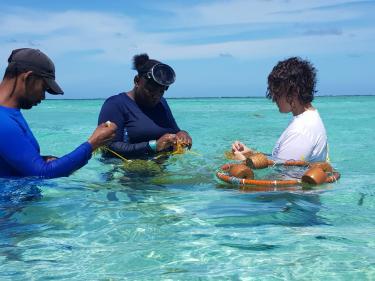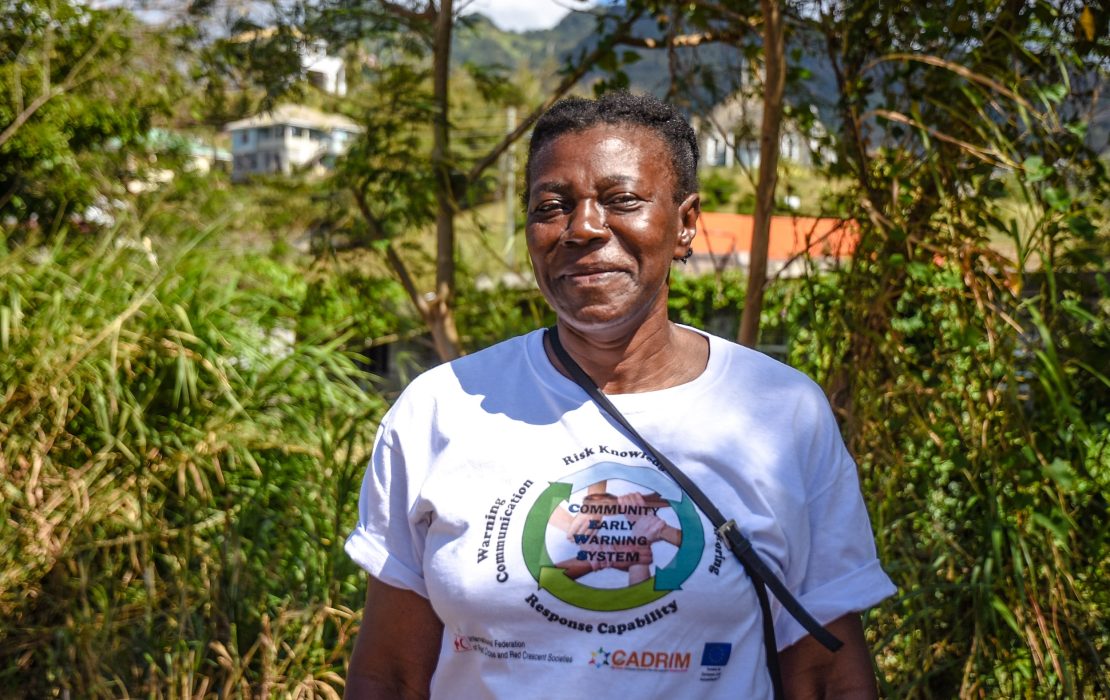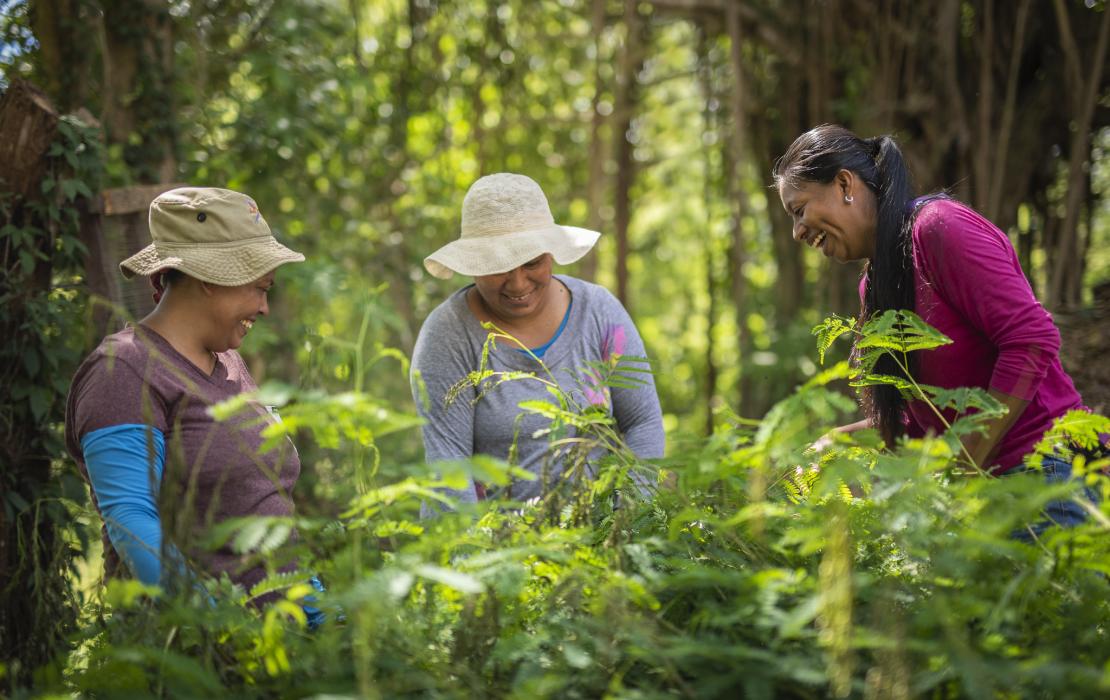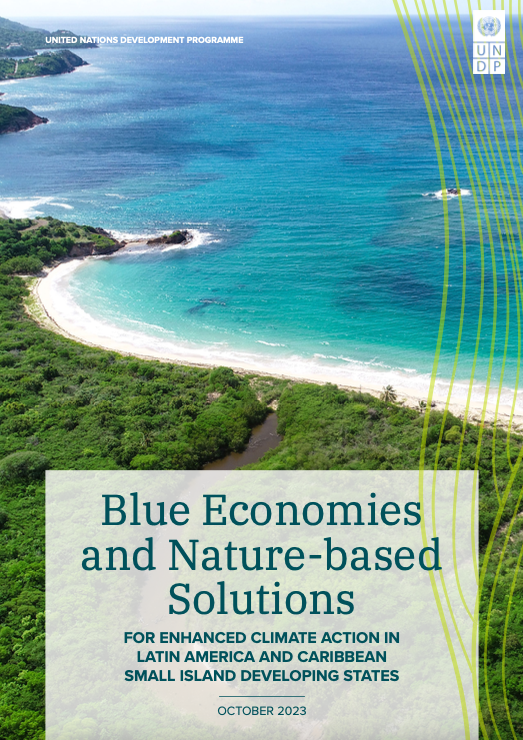0.01%
Share of global GHG emissions
Based on data from Climate Watch (CAIT 2022), developed and maintained by the World Resources Institute. #121
Climate Vulnerability Index ranking
A higher number means a higher vulnerability to climate change. Based on the ND-GAIN Index (2023), developed by the University of Notre Dame. #115
Human Development Index ranking
A lower number means a better human development score. Based on the Human Development Index (2023), developed by UNDP. NDC Status
Belize submitted its third NDC in June 2025.
Key highlights from the NDC
- Belize’s updated NDC demonstrates increased mitigation ambition, setting a new target to reduce cumulative emissions by 6,234 kilotonnes of CO₂ equivalent by 2035, surpassing the previous commitment.
- The third NDC was developed with a highly participatory process, extensive stakeholder engagement and national validation. The NDC features a robust energy transition plan, aiming for the installation of 100 MW of solar power, 20 MW of wind power, and expanded adoption of electric vehicles in both private and public sectors. Nature-based solutions are also central, with the Agriculture, Forestry, and Other Land Use (AFOLU) sector playing a pivotal role in carbon sequestration and ecosystem protection.
- Belize’s third NDC further emphasizes strengthening adaptation and resilience across all sectors, integrating gender and youth priorities, and aligning with national adaptation plans and development strategies.
- The successful implementation of these ambitious targets depends on securing approximately US$1.55 billion in financial, technical, and human resource support. Belize’s NDC outlines a comprehensive roadmap for sustainable development and climate resilience.
Latest Publications
See allThis guide provides advice on how to better integrate marine and coastal components within Nationally Determined Contributions (NDCs).




